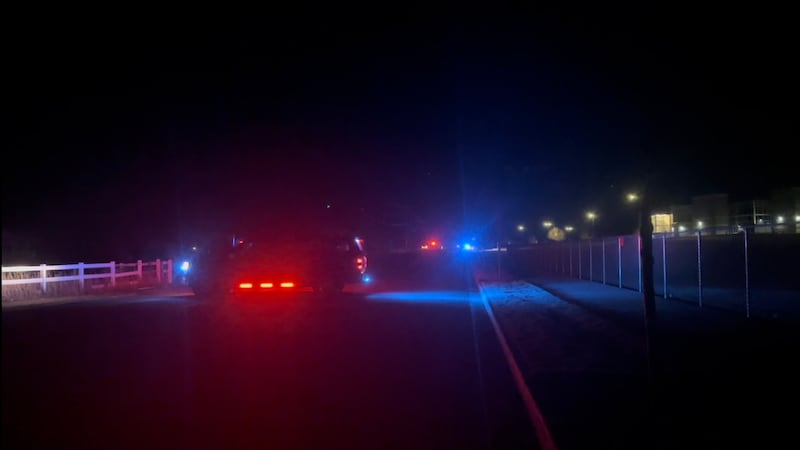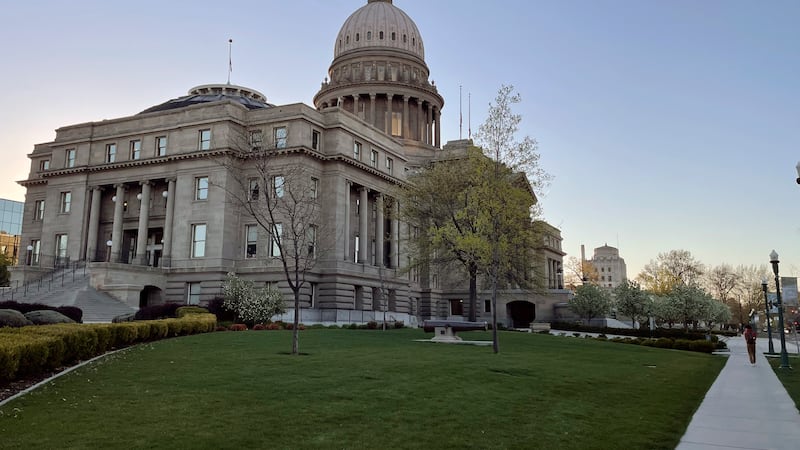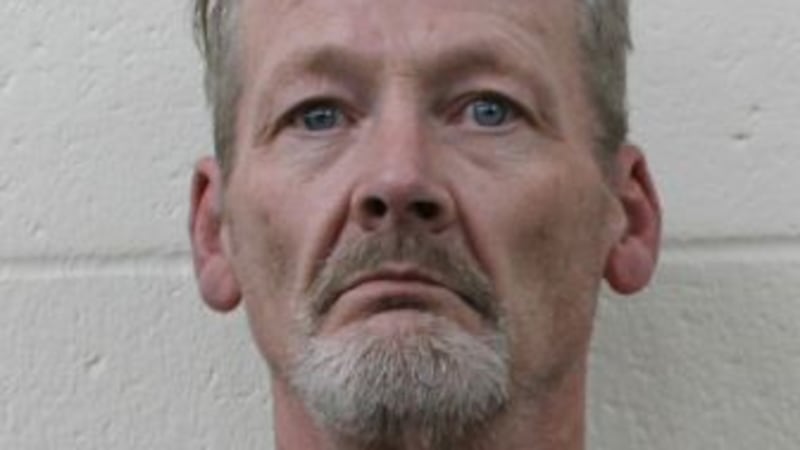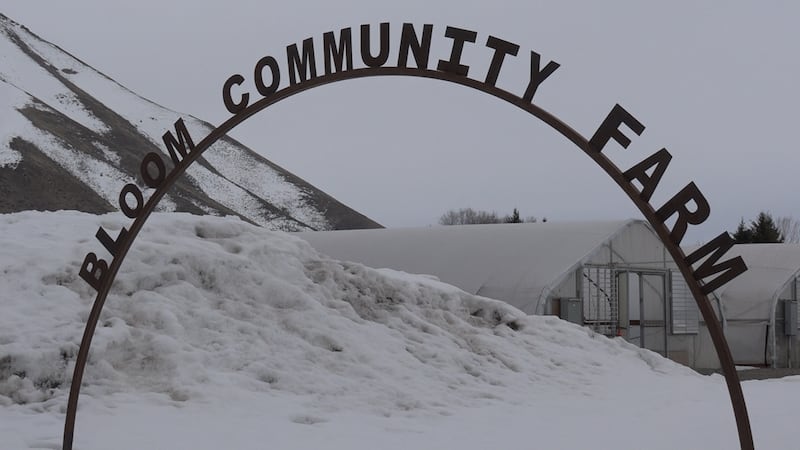Quagga mussel treatment continues at the Snake River
TWIN FALLS, Idaho (KMVT/KSVT) —The second phase of treatment to remove the invasive quagga mussel from the Snake River is underway.
“We’ve been performing a kind of secondary treatment utilizing potassium chloride,” Nic Zurfluh, Bureau Chief of the Idaho State Department of Agriculture, said.
This next phase of treatment to remove the quagga mussels targets specific areas along the Snake River, things like deep pools and waterfalls that are disconnected from the main river.
The chemical ISDA is using is called “potassium chloride” and has been proven to kill the mussels in as little as two days. It’s different from the chelated copper used in the main part of the river last fall that turned the water blue.
ISDA says this second chemical has been shown to be relatively safe for native aquatic life.
”Potassium chloride, myriad of potash, natural occurring mineral and it’s going to be out there. We actually have a baseline level of potassium and potassium chloride in the system already and it’s actually going to provide a nutrient source for the aquatic community, such as allergies and aquatic magrophites or aquatic plants,” Zurfluh explained.
ISDA plans to completely eradicate the quagga mussel this time, a process that’s been on going.
”A treatment of this size and scale including the chelated copper that was utilized last fall has really it’s not been done before anywhere in North America really anywhere in the world.”
The potash treatment happening now is an extra safety precaution to help ensure they remove the quagga mussels completely.
ISDA says the treatment will not impact current public access to the Twin Falls area of the Snake River.
“Potassium chloride treatment itself there’s really no restrictions to be in around the water,” Zurfluh explained. “We do try to keep the the areas that we’re treating just because we’re going to have personnel and equipment.”
Mandatory decontamination is still in place between Broken Bridge and Hansen Bridge.
This second phase of treatment will last for 15 days.
Copyright 2025 KMVT. All rights reserved.















